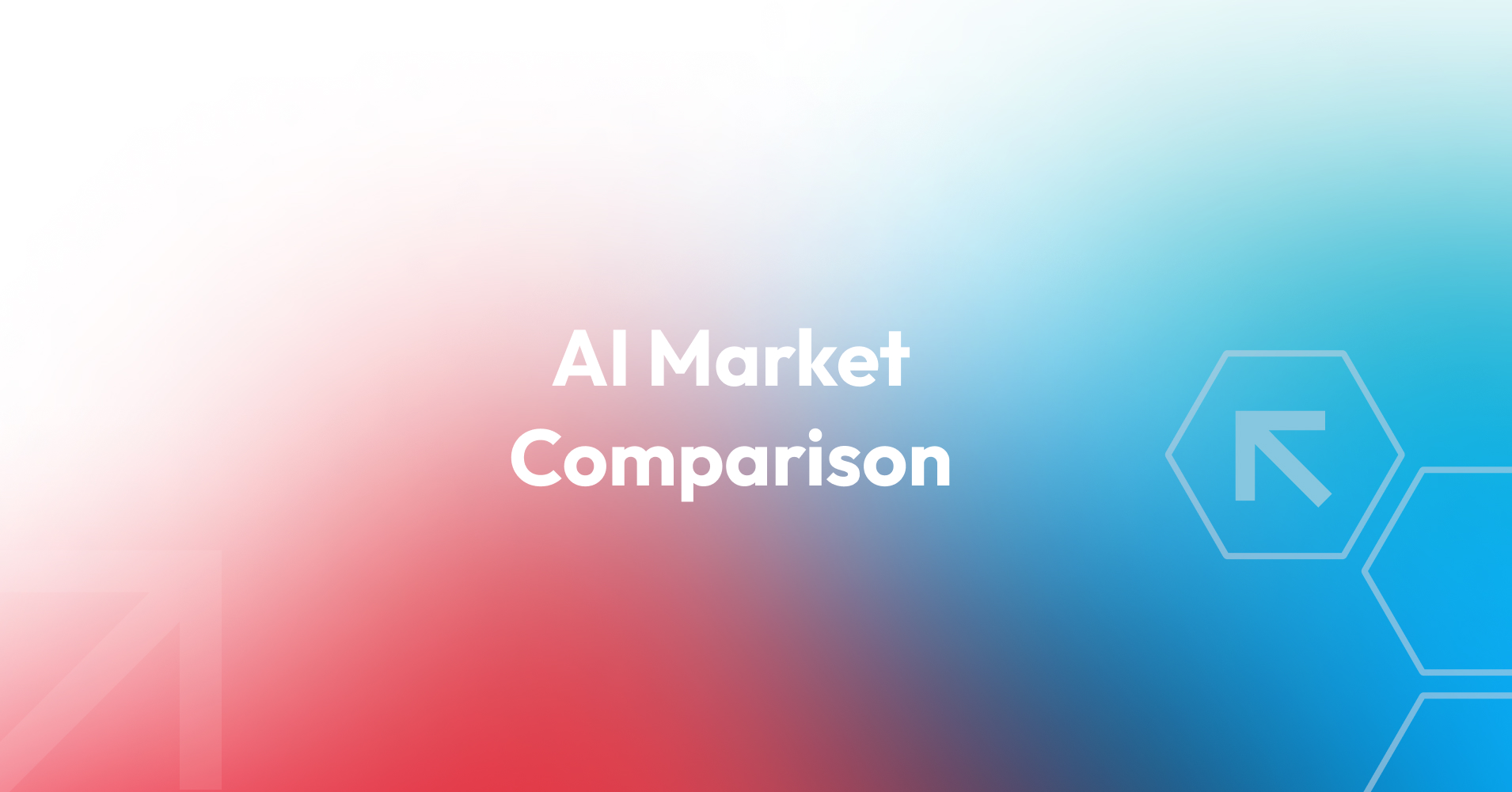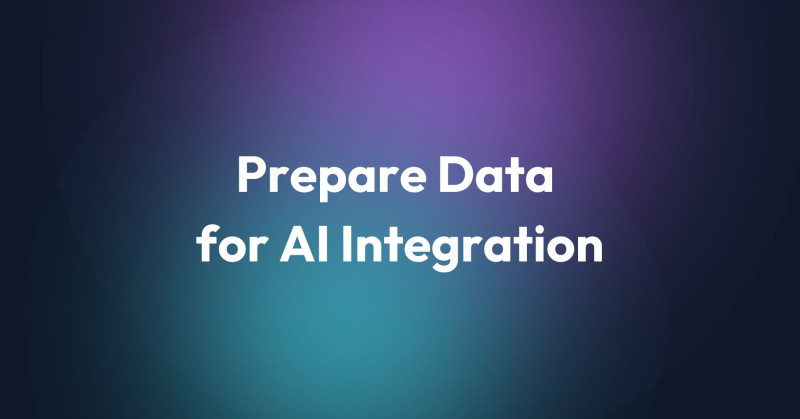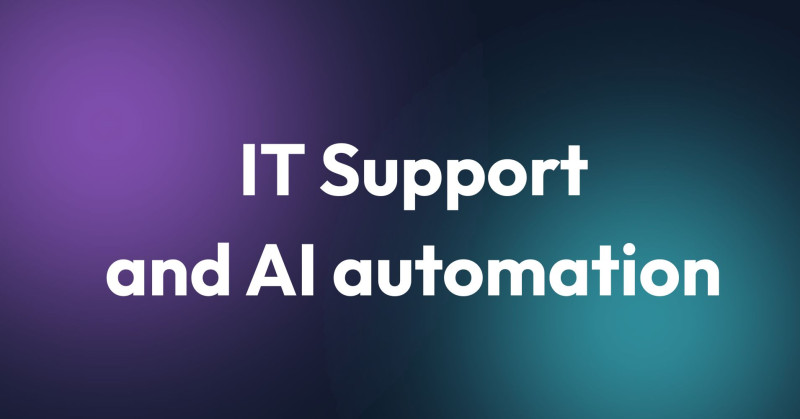Artificial intelligence is reshaping economies, industries, and societies worldwide. As nations compete for technological advantage, three major players have emerged: the European Union, the United States, and China. Each region has adopted a unique approach to AI development, balancing innovation, regulation, and economic interests in different ways.

This article explores how the EU, USA, and China are shaping the future of AI, comparing their regulatory strategies, investment priorities, and economic impact. By examining these different approaches, we can better understand the evolving global AI landscape and the distinct paths each region is taking toward technological advancement.
What's the European Union’s Approach to AI?
The European Union has adopted a distinct AI development strategy, prioritizing ethics, transparency, and safety over rapid commercial expansion. Unlike its global counterparts, the EU emphasizes regulatory frameworks that align AI advancements with fundamental rights and democratic values. This cautious approach ensures that AI systems within the EU operate under strict legal oversight, fostering public trust and accountability.
EU AI Act: European Artificial Intelligence Regulation
The European Union has adopted a distinct AI development strategy, prioritizing ethics, transparency, and safety over rapid commercial expansion. Unlike its global counterparts, the EU emphasizes regulatory frameworks that align AI advancements with fundamental rights and democratic values. This cautious approach ensures that AI systems within the EU operate under strict legal oversight, fostering public trust and accountability.
Key Takeaways from the EU AI Act:
- Risk-Based Classification
AI systems are divided into four risk categories, with stricter regulations for high-risk applications such as biometric identification and critical infrastructure. - Transparency Requirements
AI developers must provide clear documentation, disclose AI-generated content, and inform users when interacting with AI systems to ensure transparency and trust in AI technologies. - Bans on Unacceptable AI Uses
Certain AI applications, such as real-time facial recognition in public spaces, are prohibited due to privacy concerns and fundamental rights violations. - Support for Innovation
The EU promotes AI research through regulatory sandboxes, allowing controlled testing of AI models.
By implementing these measures, the EU ensures that artificial intelligence aligns with European values, fostering trust and long-term sustainability in AI deployment, particularly in the context of national AI strategies.
Comparison: EU vs. USA vs. China
Each of the three major global players has developed distinct AI strategies that reflect their political, economic, and social priorities, particularly in regulating AI.
Aspect | European Union | United States | China |
Regulation | Strict, risk-based regulations through the EU AI Act | Flexible, sector-specific approach with minimal centralized regulation | State-controlled with strict government oversight |
Ethical Focus | Strong emphasis on ethics, transparency, and human rights | Prioritizes innovation and commercial growth | AI used for national priorities, including surveillance and governance, must adhere to standards that mitigate AI risk. |
Market Development | Encourages open-source AI and ethical AI development to foster trust in general-purpose AI applications. | Dominated by private-sector companies like OpenAI, Google, and Microsoft | Led by companies like Baidu, Alibaba, and Tencent, with heavy state influence |
AI Investment | Government-funded initiatives focusing on responsible AI | High levels of private investment and venture capital funding | Massive government investment to achieve AI supremacy |
Use of AI in Society | Focus on ensuring AI benefits society while mitigating AI risk and promoting responsible innovation. | AI widely adopted across industries with minimal restrictions | AI integrated into governance, social credit systems, and security raises significant concerns regarding AI risk and ethical implications. |
Research and Innovation | Strong academic research but slower commercialization | Fast-paced innovation with strong industry-academic ties | Rapid innovation, often state-driven |
While the United States leads in innovation and commercialization, China is leveraging AI for state objectives and economic growth, and the European Union is balancing development with ethical considerations. Each model has strengths and weaknesses, and the future of AI will be shaped by regulatory changes, technological advancements, and global market shifts.
Largest AI Models: USA, EU, and China
AI development is driven by advanced models designed for complex tasks, from natural language processing to autonomous decision-making. Below are the most significant AI models from each region and their characteristics, highlighting the global AI landscape.
Region. |
Largest AI Models |
Characteristics |
|---|---|---|
| USA | GPT-4 (OpenAI), Gemini (Google), Claude 3 (Anthropic) | High-performance LLMs with strong commercial applications, multimodal capabilities, and broad accessibility. |
| EU | EuroLLM and OpenEuroLLM represent significant advancements in the European approach to general-purpose AI. | Open-source, multilingual AI models designed to align with EU regulations and promote ethical AI usage. |
| China | DeepSeek, ERNIE (Baidu), WuDao (Beijing Academy of AI) | State-backed models optimized for national priorities, including surveillance, governance, and economic development. |
The United States dominates in developing commercially viable AI models, including generative AI solutions that cater to diverse industries. Europe emphasizes ethical AI and transparency through open-source initiatives, while China prioritizes AI for state-driven applications and economic control. The evolution of these models will significantly impact the future of AI across industries and governance frameworks worldwide.
The Evolution of AI Policies: A Historical Perspective
AI policies have evolved significantly in the past decade, shaped by technological advancements and regulatory needs. The timeline below highlights key milestones in each region's approach to AI governance:
2018: The EU released its Coordinated Plan on AI, setting the foundation for regulatory efforts.
2021: The U.S. introduced the AI Bill of Rights, a non-binding framework emphasizing transparency and equity.
2024: The EU AI Act became the first binding AI regulation globally, influencing international discussions on AI governance.
These developments show how each region has progressed at different paces and with different priorities, reflecting their distinct approaches to balancing innovation with oversight.
AI and Economic Growth: How Each Region Leverages AI for Competitiveness
AI is increasingly recognized as a key driver of economic growth, with significant implications for GDP contributions and technological competitiveness across regions:
United States: Leads in AI-driven economic expansion due to high private sector investment and commercialization of AI technologies. The entrepreneurial ecosystem and venture capital funding have created a robust environment for AI startups and scale-ups.
European Union: Focuses on responsible AI and regulatory oversight, supporting open-source models for sustainable growth. While this approach may slow immediate commercialization, it aims to build long-term trust and stability in AI markets.
China: Integrates AI deeply into its economy, prioritizing mass adoption across industries with strong state investment. The centralized approach allows for rapid deployment of AI solutions in manufacturing, urban planning, and public services.
Government vs. Private Sector: Who Drives AI Innovation?
The balance between public and private sector involvement differs significantly across regions:
United States: AI innovation is largely driven by companies like OpenAI, Google, and Microsoft, with government incentives supporting research and development. This market-led approach has resulted in rapid advancements but potentially uneven distribution of benefits.
European Union: A mix of public-private collaboration, where regulatory frameworks support ethical AI development. The EU's Horizon Europe program and national initiatives provide funding for research while ensuring alignment with regulatory standards.
China: The government heavily funds AI, aligning corporate and national interests in AI advancements. Companies like Baidu and Alibaba work closely with state agencies to develop AI solutions that support national objectives.
Future AI Regulations: What’s Next for the EU, USA, and China?
Looking ahead, AI regulations are expected to evolve further as technologies advance and societal impacts become clearer:
European Union: Likely to refine the AI Act with additional provisions for emerging technologies, potentially expanding regulatory oversight to new application areas.
United States: May introduce stronger sector-specific AI guidelines while maintaining a flexible regulatory stance, possibly developing more coordinated federal approaches to AI governance.
China: Expected to expand its AI governance framework, reinforcing state control over AI development while continuing to invest heavily in strategic AI applications.
These future regulations will shape global AI policies, determining how businesses, research institutions, and governments navigate the rapidly evolving AI landscape.
Global AI Market: Each Region Has Its Unique Approach
The global AI landscape reflects fundamentally different approaches to technology development and governance. The United States, driven by private-sector giants like OpenAI, Google, and Microsoft, emphasizes rapid innovation and commercialization with minimal federal oversight. The European Union has established a structured regulatory framework, ensuring AI systems adhere to ethical guidelines and transparency standards. Meanwhile, China has integrated AI into its national strategy, combining strong state support with ambitious AI adoption across industries and governance.
As AI continues to evolve, these distinct approaches will shape not only regional competitiveness but also the global norms and standards for how artificial intelligence is developed, deployed, and regulated. The competition is not just about technological superiority but about whose vision for AI's role in society will prevail.





















